Top 10 Most Beautiful Historical Sites in Monaco
Monaco has an array of historical sites for visitors to admire and learn about the history of the small but beautiful Western country. Below, Toplist collects ... read more...the most beautiful historical sites in Monaco.
-
The Prince's Palace, located on Monaco's elevated old town known as 'The Rock,' is the house of the royal family. This destination attracts tourists not only due to the fame of the royal family but because it's also one of the most beautiful historical sites in Monaco. The modern palace was converted from the ancient fortress that stood atop this favorable point since the 1200s, and the family has ruled the principality for over 700 years. The Grimaldi dominated the territory as feudal lords until becoming sovereign princes in the 17th century, but their power was sometimes based on tenuous arrangements with its larger and stronger neighbors.
while other European sovereigns built stunning and modern Renaissance and Baroque palaces, the Monegasque monarchs' palace was required to be defended due to politics and common sense. This one-of-a-kind requirement, which came so late in history, has made Prince's Palace one of the most impressive in Europe.
Prince Albert II, Prince Rainier's son, and successor, now lives in the palace. During the summer, the staterooms are available to the public, and the palace's courtyard has hosted open-air concerts by the Monte-Carlo Philharmonic Orchestra since 1960. The palace, however, is much more than a tourist attraction and museum: it is still a fully operational palace and the Monégasque ruler's headquarters, as the sentinels stationed at the gate attest.
Location: 98015 Monaco
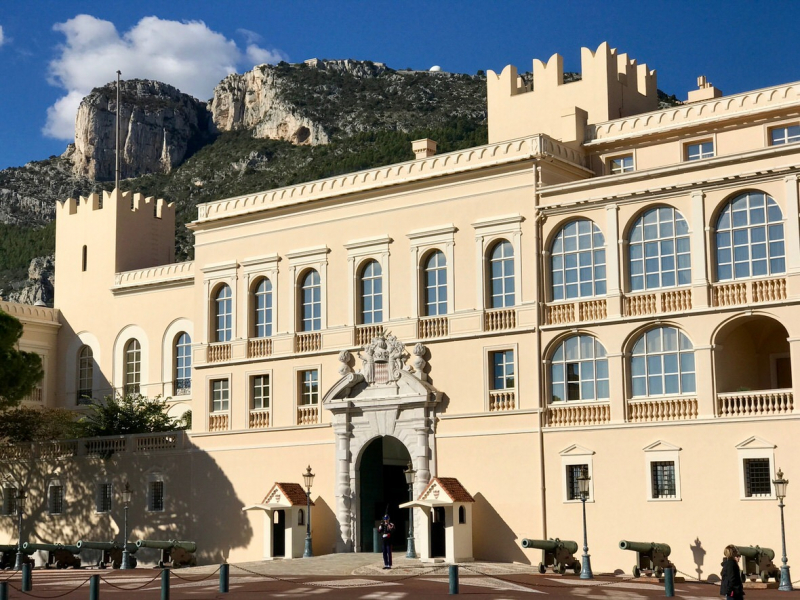
Photo: French Riveria 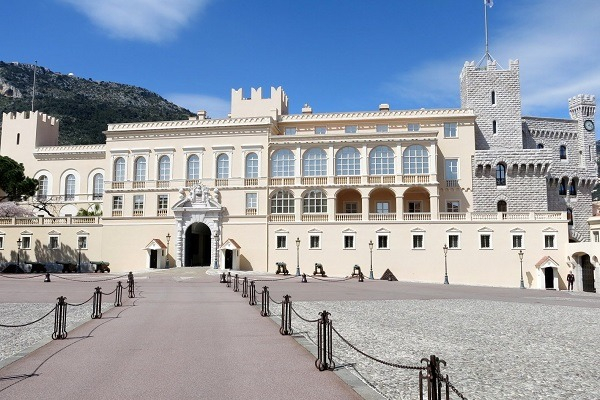
Photo: What's On in Monaco -
Monaco Courthouse, which is located midway between the Prince's Palace and Monaco's Cathedral, is regrettably closed to the public. Nonetheless, taking a little detour to see the building's spherical construction and unique blend of architectural styles is well worth the effort. The building is built of sea tuff, a porous grey stone that is similar to the stone used in the Monaco ramparts. This stone is made up of many smaller stones as well as mollusk shells. A bust of Sovereign Honoré II, dating from 1568, is also found on one of the Palace's facades. Thus, it is said to be one of the most beautiful courthouses in the world.
In Monaco Courthouse, the Monégasque Department of Justice is in charge of the Directorate of Judicial Services. In addition, it is a separate administration from the Prince's Government, led by the Director of Judicial Services. Mr. Robert Gelli was appointed to the latter position in 2021. Whoever fills this position will have the same mission: to ensure that justice is properly administered.
Location: 5 Rue Colonel Bellando de Castro, 98000 Monaco
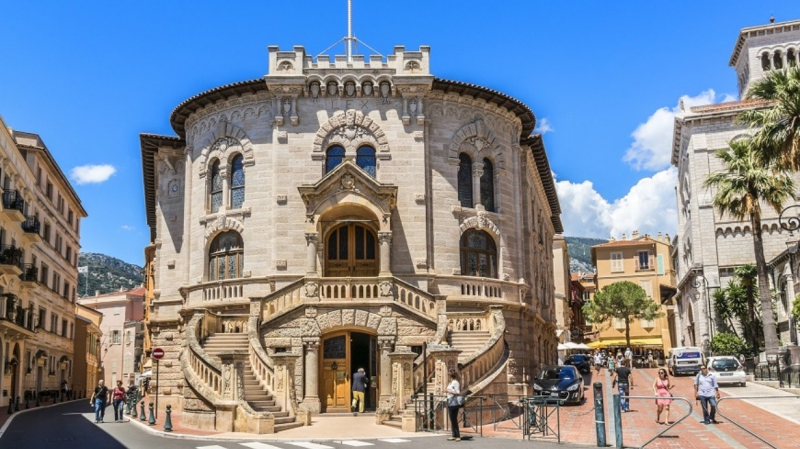
Photo: The Council of Europe 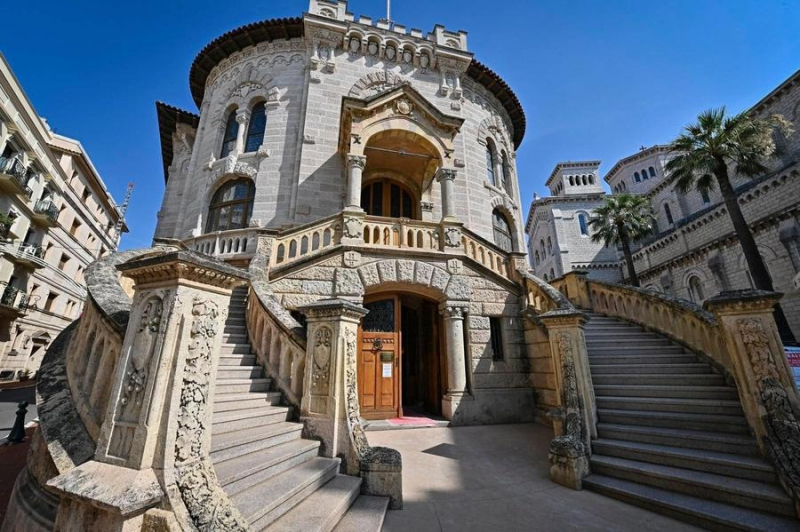
Photo: Gouv.mc -
The Monte-Carlo Casino was not always such an imposing building in Monaco. It was built in a more beachside style before the late 1870s, with a facade that resembled a coastal business rather than the epitome of wealth. The casino building was renovated and expanded in 1878-79, and then again in the 1880s. Today, it is one of the most beautiful historical sites in Monaco with old medieval themes, beautiful rooftop figures, a nearby picturesque park, and a pier with yachts.
The Société des Bains de Mer de Monaco, a public company in which the Monaco government and the ruling royal family own a majority stake, owns and operates the Monte-Carlo Casino. The firm also owns the majority of the Principality's hotels, sports clubs, food service establishments, and nightclubs.
Without providing identification, anyone can enter the Monte-Carlo Casino building and look at the atrium, which is impressive in and of itself. After walking straight into the building from the newly pedestrianized Place du Casino, you will get access to this atrium, and there's a bar and aperitif area on the left. To enter, you must be 18 years old or older, appropriately dressed (the more glamorous, the better), and pay a cost of 10 euros (about $11.50).
Location: Pl. du Casino, 98000 Monaco
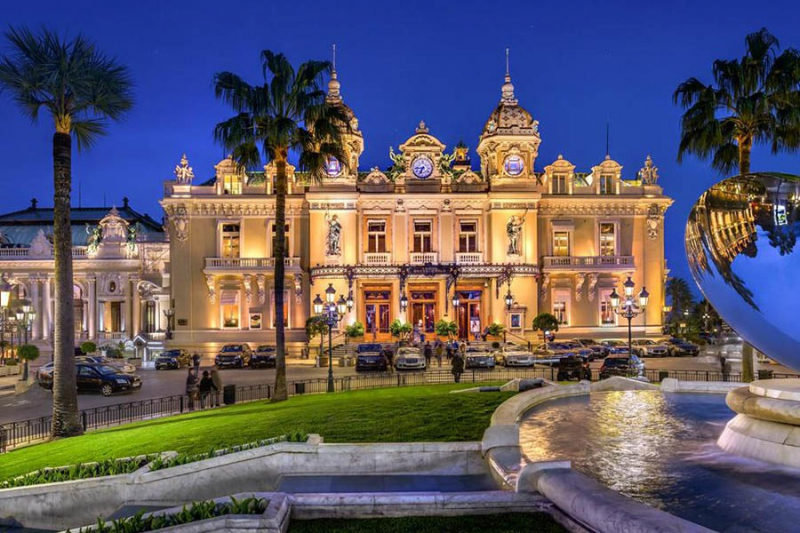
Photo: Focus Gaming News 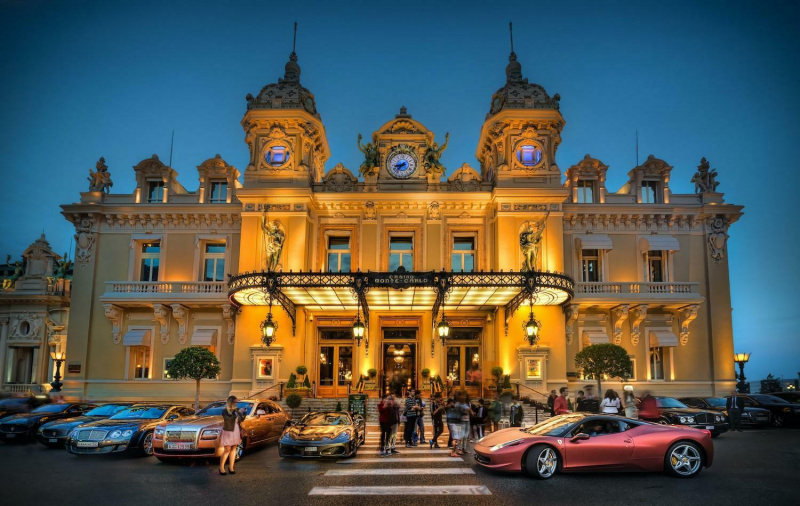
Photo: Signature sailing -
Saint Nicholas Cathedral is also known as Cathedrale de Monaco or by its third name the Cathedrale Notre-Dame-Immaculee. Grace Kelly and Prince Rainier, as well as many members of the Grimaldi family, are buried in Monaco Cathedral. The cathedral was constructed over a period of several decades (1875-1903), and it was dedicated in 1911. It was constructed on the site of Monaco's first parish church, which was built in 1252. The cathedral is as spectacular on the inside as it is on the outside.
The cathedral is built with the same type of white stone from “La Turbie” (a region in France). This stone is notably used to build the oceanographic museum. It is the cathedral where royal marriages are held. Apart from the cathedral's magnificent architecture, the wooden retable (raised altarpiece) by Renaissance painter Louis Brea, painted in the early 16th century, is worth noting.
Saint Nicholas Cathedral has an organ with four keyboards which was installed in 1976. The cathedral choir Les PetitsChanteurs de Monaco (a choir made up entirely of young boys established in 1904 by Prince Albert I) sings mass every Sunday at 10 a.m. from September to June. It is a little church, unlike the European behemoths, with clean and basic decor and no showy decorations. It's ideal for a serene and silent prayer.
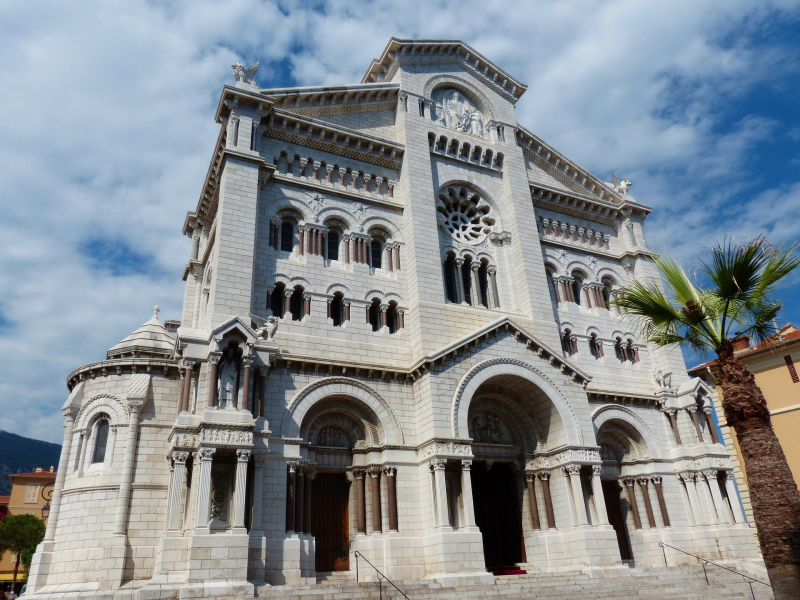
Photo: Culture Trip Source: Video turysta -
Built in the early 1700s, Fort Antoine was restored after being damaged in 1944. It is now an open-air theatre, and performances and games are held there throughout the summer months. In addition, there is also chamber music, theatre, poetry, and folklore performed here.
The military architecture, the watchtower, and the practically deserted environment all contribute to its unique beauty. Furthermore, the fortress' stage is especially enjoyable. In the center, there is a cannonball pyramid, as well as the fort's military architecture. The pittosporum hedges serve as protection where there is no parapet.
Located at the north-eastern tip of the Rock, the Fort Antoine Theatre is a small amphitheatre on the Avenue de la Quarantaine in Monaco's Monaco-Ville district. It is very worth visiting because it remains the style of an early 18th-century fort, though was built a mere sixty years ago. Moreover, Fort Antoine looks out over the Mediterranean Sea, and there are lots of spots to sit and stare out the window (or watch the boats coming and going). Alternatively, you might take in the beauty of Monaco Harbour as James Bond did in the film Goldeneye. Except on performance days, admission is free to the public, so stop by at any time of day for a breathtaking view of the sea and the Monaco harbor.
Location: Av. de la Quarantaine, 98000 Monaco
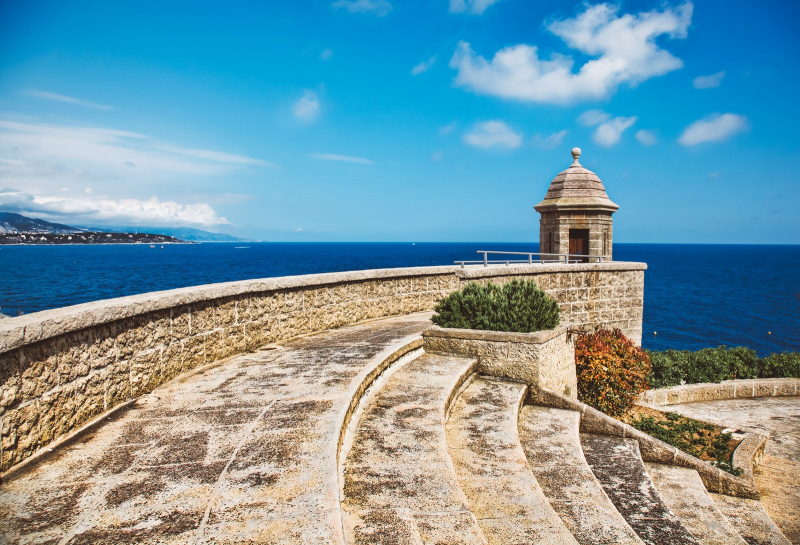
Photo: WOWabouts 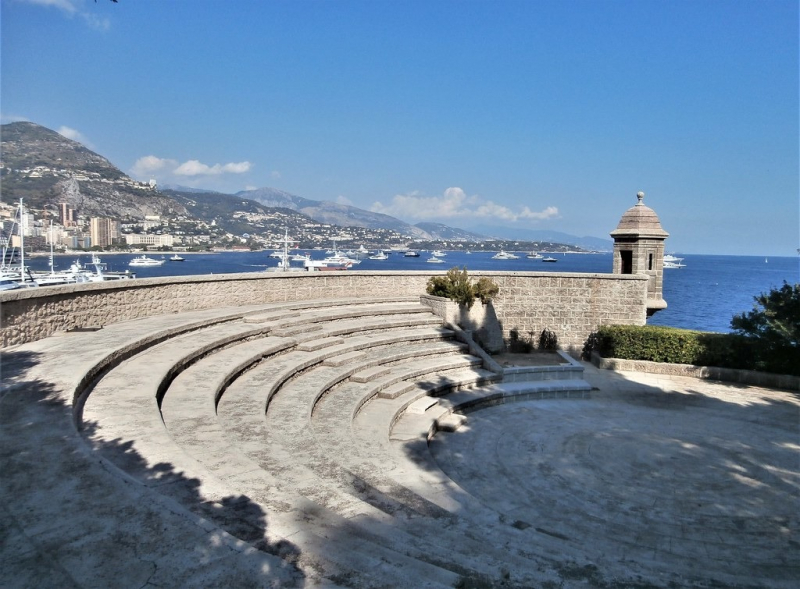
Photo: Flickr -
The Hotel de Paris is one of the most iconic and beautiful historical sites in Monaco. The Société des Bains de Mer opened it in 1863 as part of the establishment of Monaco. Several films have been filmed here, so it deserves a place in your historical monuments must-see list. Facing the beautiful Casino and situated above the vivid blue Mediterranean, Hotel de Paris Monte-Carlo has the fortunate location at the heart of the world's playground–and its status as a founding member of The Leading Hotels of the World, which does credit to its privileged site.
Although the paparazzi on the hotel's marble steps outside now use digital cameras instead of flashbulbs, the stately lobby is still a show-stopper. The area still has gold pillars and elaborate stucco, but it now has a lighter vibe thanks to direct access to an adjacent open-air courtyard. Palm trees and marble columns dot the new 671-square-meter internal garden.
The Churchill Suite is the most famous and luxurious. As part of the restorations, the Churchill suite was demolished to make room for the magnificent Princess Grace Suite, one of two new penthouse suites. The double-story space, together with its companion, Prince Rainier III, attracts some of the world's highest hotel prices (from £28,000 per night).
Location: Pl. du Casino, 98000 Monaco
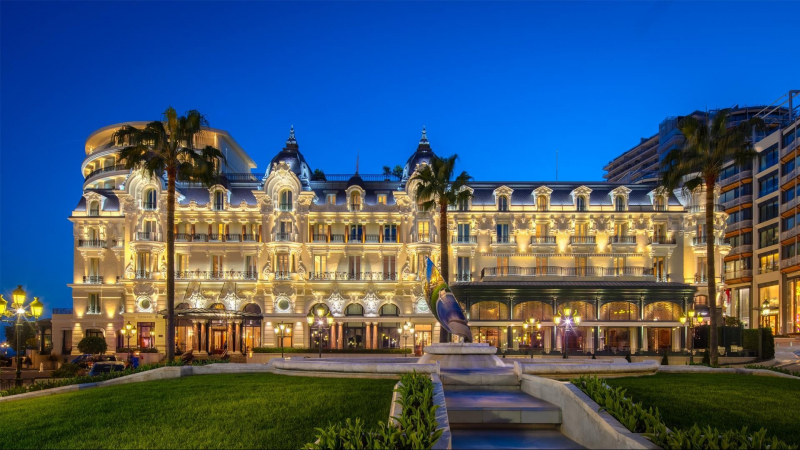
Photo: Cvent Source: Private Upgrades -
Monaco's only natural deep-water port is Hercules Port. The port has played an essential role in Monaco's history, providing the principality with a key naval station and an important point on maritime trade routes. The contemporary port was completed in 1926, and upgrades were made in the 1970s.
About its history, Phocaeans Greeks from Massalia (modern-day Marseille) founded the colony of Mnoikos in the 6th century BC. The colony's name comes from the local reverence of Hercules, the Greek demigod and mythological hero who was claimed to have built the old highway that ran through the region from Spain to Italy and was later adopted by the Romans. [2] Hercules also built Monaco's harbor and a coastline road, according to the Roman emperor Julian. There were altars to Hercules along the way, and a temple dedicated to him was built on the Rock of Monaco. The historic harbor was later given the name Hercules Port.
In 2011, Jean Michel Jarre gave a free concert in front of 85,000 people to commemorate Prince Albert II and Charlene Wittstock's wedding. The Foire de Monaco, an annual fair held in Port Hercule from October to November, is also held there.
Location: 6 Quai Antoine 1er, Monaco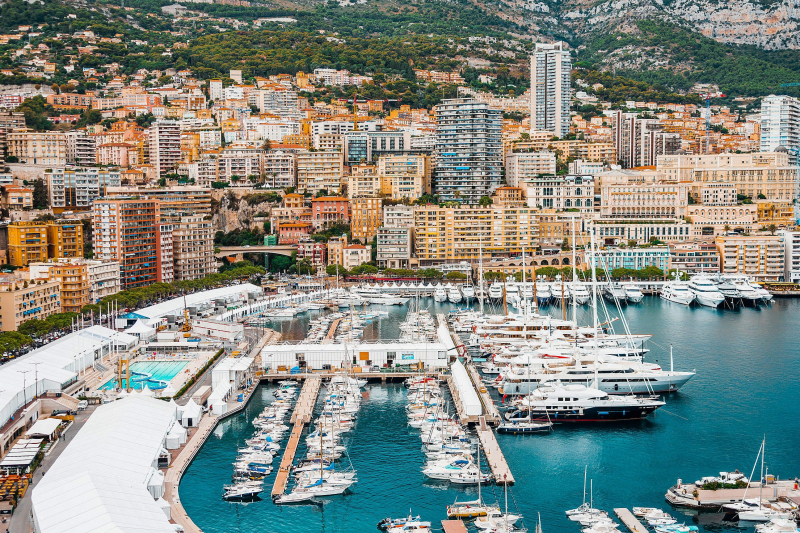
Photo: Picjumbo Source: Michael Jiroch -
The Oceanographic Museum is a stunning structure, especially when viewed from a low angle. It's perched right on the brink of the Monaco cliffs, offering breathtaking views of the Mediterranean Sea. The construction of this historical landmark, which took 11 years, is an example of Baroque Revival architecture. It was developed and constructed 100 years ago as a science-only palace.
Exhibitions and collections of many species of sea fauna can be found at the museum (starfish, seahorses, turtles, jellyfish, crabs, lobsters, rays, sharks, sea urchins, sea cucumbers, eels, cuttlefish, etc.). Model ships, marine animal skeletons, tools, weaponry, and other sea-related artifacts are among the museum's holdings, as well as a collection of material culture and ceremonial objects fashioned from, or incorporating materials such as pearls, mollusks, and nacre.
On the first floor of the Oceanographic Museum, the work of Prince Albert I is showcased in Sailor’s Career. It features the laboratory from the first of Prince Albert's research ships, L'Hirondelle. An aquarium in the museum's basement houses a diverse collection of plants and wildlife. There are approximately 200 groups of invertebrates and over 4,000 types of fish to view. A display of Mediterranean and tropical marine habitats is also available in the aquarium. Several artists, including Damien Hirst and Philippe Pasqua, have works on show in the museum.
Location: Av. Saint-Martin, 98000 Monaco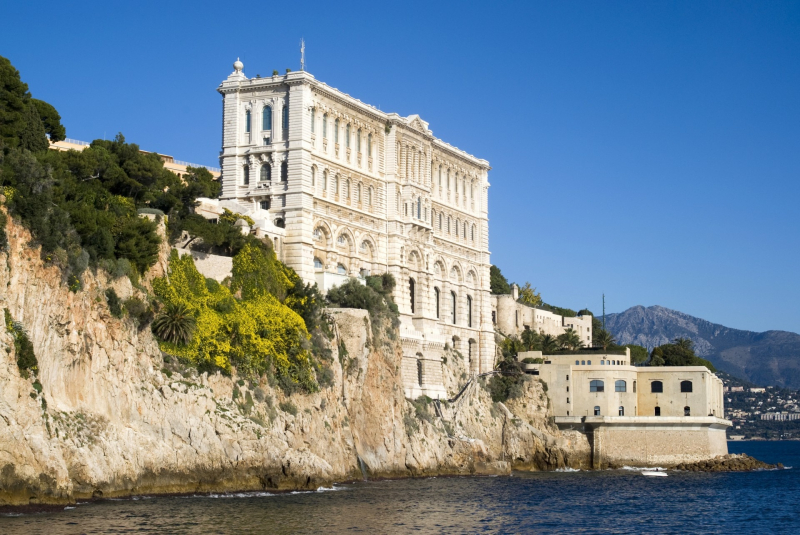
Photo: Riviera Bar Crawl Source: 10 minute travel -
Juan Manuel Fangio was an Argentine racing car driver who won five world championships and competed in the Monaco Grand Prix several times. This tasteful memorial has become a real landmark in Monaco and is definitely worth visiting. The Monaco Grand Prix has been running since 1929 and attracts passionate Formula 1 enthusiasts all year, so this tasteful memorial has become a true landmark in Monaco and is definitely worth seeing.
The bronze sculpture, which weighs over three tons, was made by Catalan artist Joaquim Ros and commissioned by Sabastiá Salvadó Plandiura, President of the "Reial Automobile Club de Catalunya (Catalan Automobile Club)." Fangio is depicted leaning on his Mercedes Benz W196, which he used to win one of his many races at the Monaco Grand Prix. It is located near the entrance to the city of Monaco. Ros Sabaté has created five more sculptures that can be found throughout the world of drivers, the original statue is established at the Grand Prix circuit in Barcelona. However, Juan Manuel Fangio in Monaco strikes out in particular because it's directly on the Rascasse bend of the Monaco street circuit.
Location: 98000 Monaco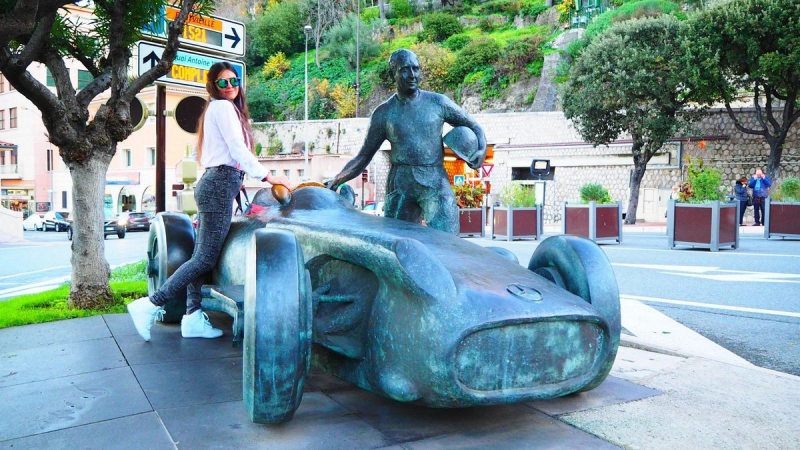
Photo: Trip Advisor 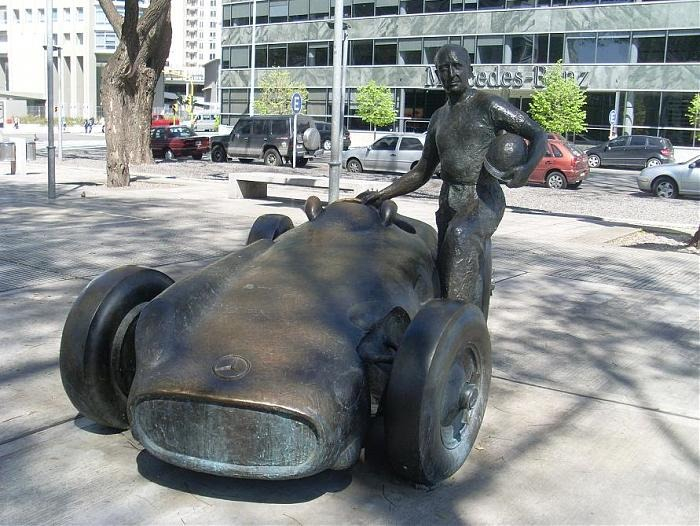
Photo: Wikimapia -
The Metropole Hotel - a luxurious Monaco hotel was created in the Belle Époque style. In terms of interior decor, it has been revitalized over the years, and those who are fortunate enough to stay will appreciate all of the creative touches. If visiting Monaco, make a point of walking around the outside of the building until you reach the magnificent conifer and stone archway.
The Hotel Metropole was erected in 1886 by the Monte-Carlo Hotel Company Ltd on land that had previously belonged to Pope Leon XIII. Soon after, the modest luxury of this small hotel built in the "Belle Époque" style won over the most discerning foreign customers. Nabil Boustany, a Lebanese developer, bought the hotel in the 1980s and embarked on a huge restoration project to bring it back to its former glory. The refurbishment gave the hotel a new name, Metropole Palace, as well as a new degree of opulence.
The Metropole Palace sold the hotel to its successor, the Hotel Metropole Monte-Carlo, in 2004, and it was transformed into a modern hotel with a rich history. Its new image mixes its illustrious past with a Mediterranean freshness, with a decor style that lives up to the promise of the services offered.
Location: 4 Av. de la Madone, 98000 Monaco
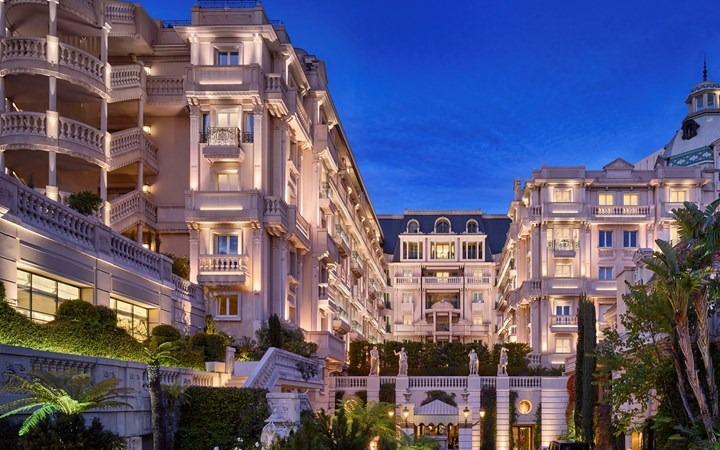
Photo: Leading Hotels of the World 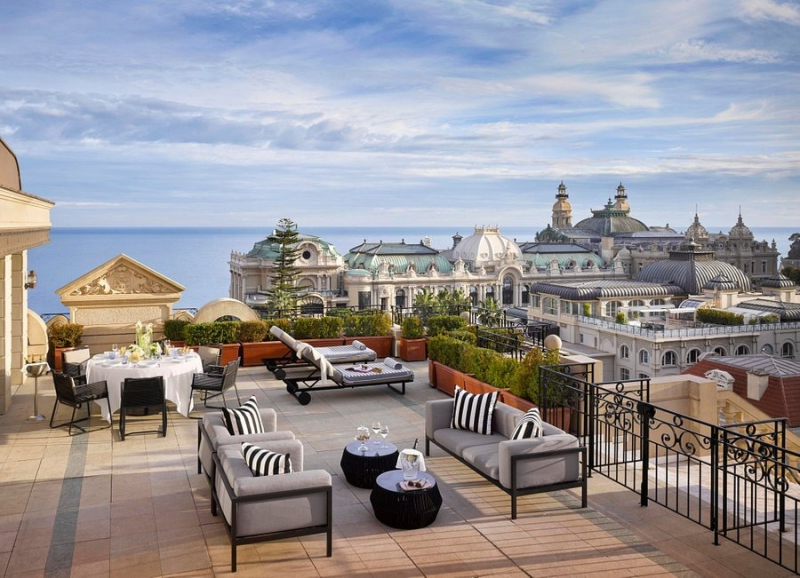
Photo: Trip Advisor































